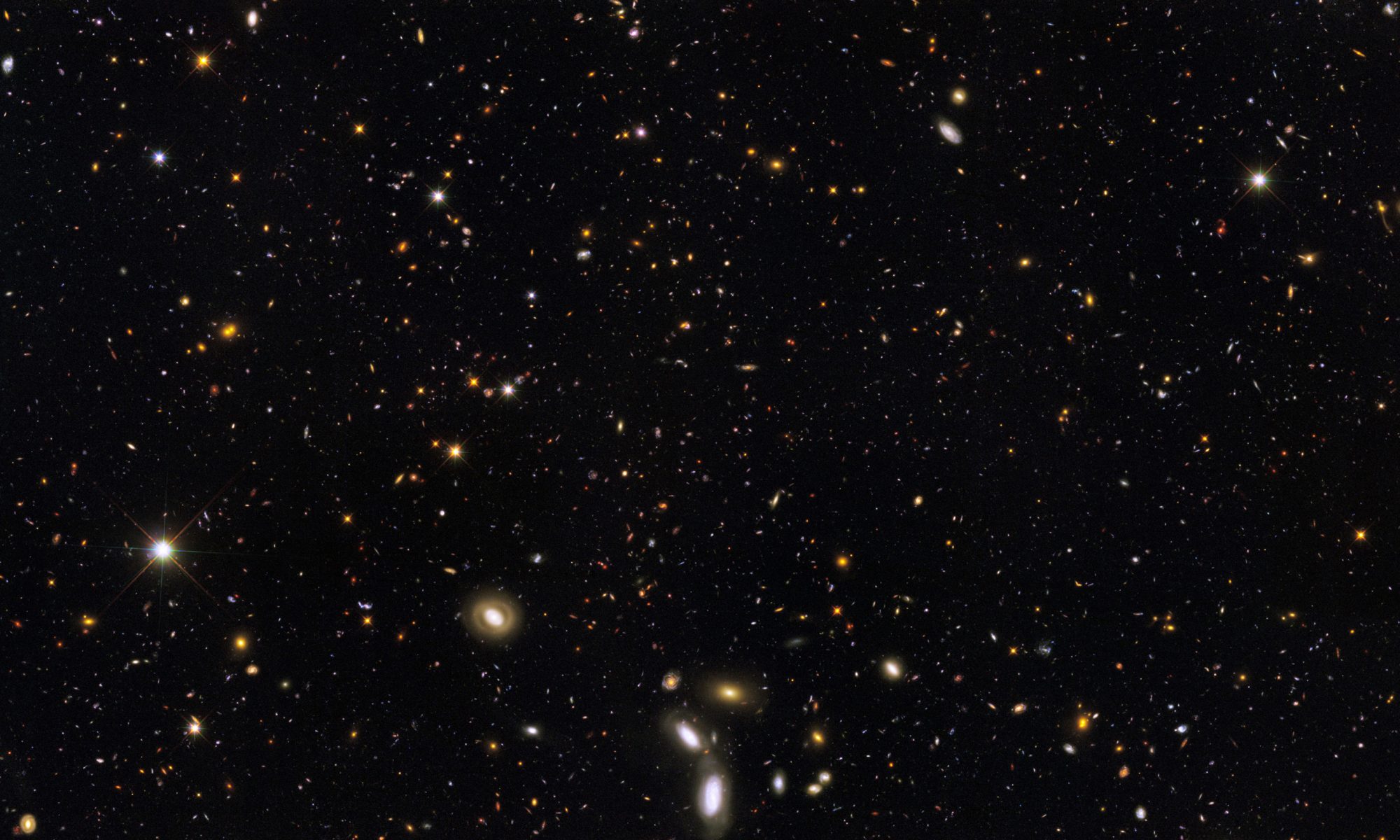The following addresses an article from Culture & Psychology by Jens Brockmeier:
Brockmeier, Jens. “After the Archive: Remapping Memory.” Culture & Psychology 16.5 (2010): 5-35. EBSCOHost. Web. 10 September 2010.
Nayar, Pramod. An Introduction to New Media and Cybercultures. West Sussex, UK: Wiley-Blackwell, 2010. Print.
Brockmeier examines four “fields of memory studies” (11) which serve to “open up to different cultural landscapes of knowledge and learning. One of his precepts is that “memory” as an ontological concept and epistemological study is a relatively recent cultural development, and he points to earlier human cultures, such as the Cree Native Americans, who did not have a word specifically referring to memory the same way western cultures have (6-8). The author continues in the introductory section to evaluate the cultural and scientific viewpoints of memory, introducing cultural, personal, biological, and psychological understandings. He goes on to write that “each memory system operates according to the model of storage [the archive],” and that with regards to current research in each of the four fields, societies are witnessing a “dismantlement of the traditional notion of memory” (9).
The four fields of understanding memory which Brockmeier suggests include the socio-cultural, the technological, the literary-artistic, and the bio-cognitive (11). These four areas offer through their labels alone a specific link to the concept of digital culture and the concepts Nayar introduces in his text. Brockmeier defines the socio-cultural field as guided “by interests in the social and cultural constitution and organization of memory…including history” (11), and further points out through specific examples of atrocity-driven “re-appropriation” (12) of cultural memory as constituted in former Soviet Republics, African and South American “Truth and Reconciliation Commissions,” and investigations into East German and Franco-era Spanish offences (11-12). The author continues beyond just this point however to include the idea that “sites of memory” (for example, Ground Zero), necessarily become “sites of second-order memory,” an idea he quotes from Winter (12). He further goes on to state, drawing on Derrida, Foucault, and Bakhtin, that “memories…are meaning constructions and thus are in principle unstable” (13). In the technological field, Brockmeier points to the same sort of instability in not just memories themselves, but also in the concept of memory. As Nayar implies, the digital culture is constantly in flux, and Brockmeier reinforces Nayar’s concept that the digital re-impacts the real world and ultimately “on the cognitive functions and cultural practices of remembering of their users” (Brockmeier, 14). He goes on to write that in the literary-artistic field that “the contemporary narrative exploration of memory and self has taken a critical stance towards the idea that experiences can be stored and preserved over time and finally recalled” (18). In other words, writers and artists are questioning the idea that “memory” is the same as “truth.” In examining his bio-cognitive field of memory studies, Brockmeier further questions the ontological concept of memory, examining recent studies in neurocognitive psychology (physical substance of the mind, and “diseases like Alzheimer’s” (19)), and psychotherapy (examining the False Memory Syndrome). These issues point toward a further, physical unlinking in the structure of the mind from our traditional concept of memory.
What links all of these fields together for me is the idea that Nayar propounds in his text that physical and digital culture is becoming inextricably intertwined, that “cyborg bodies” can live in all these “fields of memory” at the same moment through the use of personal communications technologies and body-intervention. I think for that reason, this article is well-worth reading.
